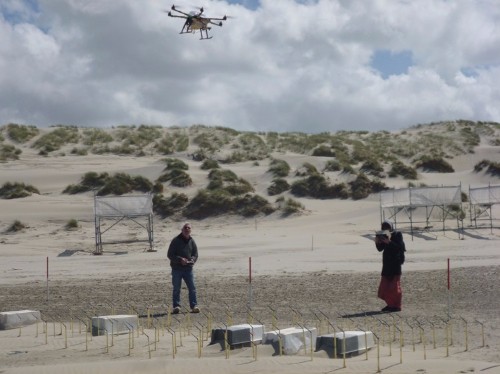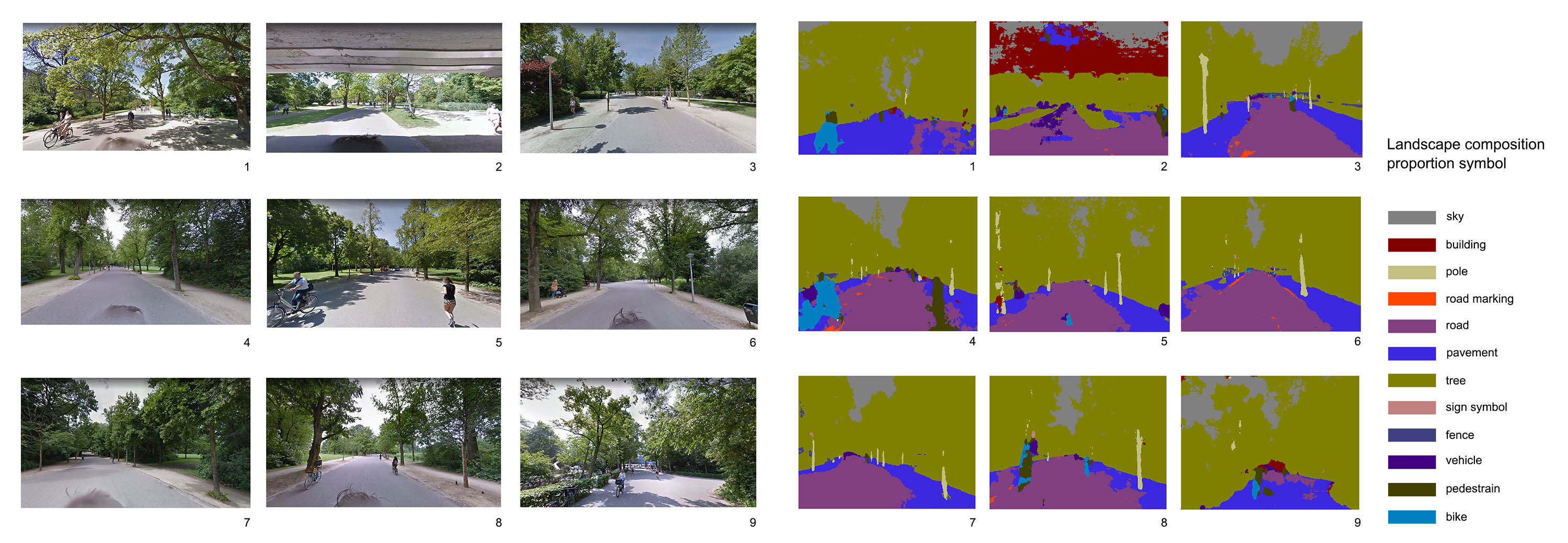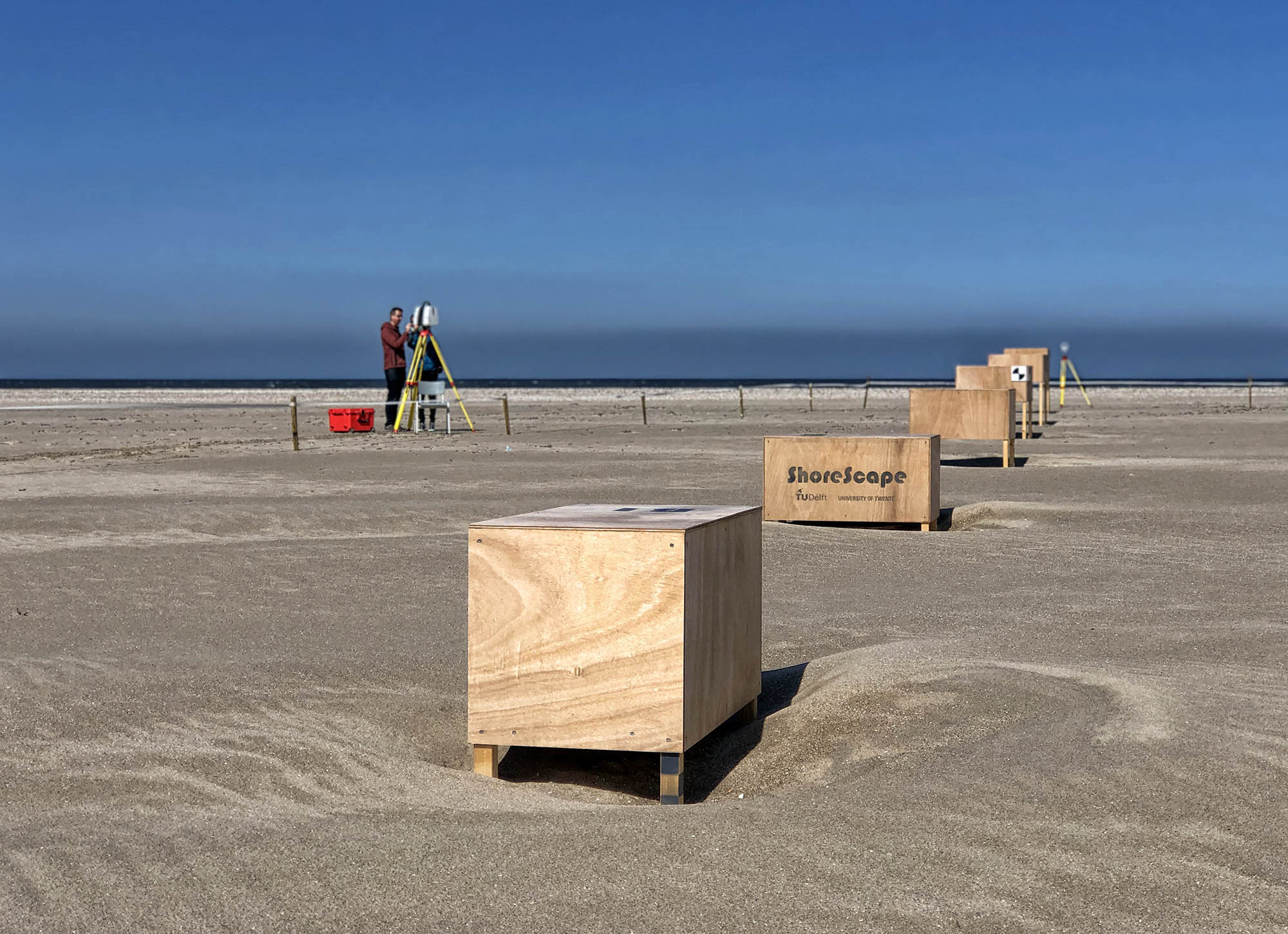Polders can be found in coastal and alluvial lowlands all over the world. In these reclaimed areas water levels are artificially controlled so people can live and work there. This often centuries-old interaction between man and water has produced a rich variety of polder landscapes with their own cultural identity and spatial, functional, and ecological characteristics. These landscapes are under threat due to climate and economic change along leveling tendencies of globalization. This book addresses polder landscapes as cultural expressions rather than only as results of water engineering. Polder landscapes of the world consists of three parts: First, the backgrounds and characteristics of polder landscapes are explored. Second, polder landscapes are mapped using Geo-information technology that resulted in global and regional overview maps of polder landscapes. Third, selected iconic polder landscapes are analysed and described by local experts and serve as ‘windows’ that open perspectives on the regional variation and particularities. Examples include: Beemster (the Netherlands), San Joachim Delta (USA), Nile Delta (Egypt), Lammefjord (Denmark), Hachirogata polder (Japan), Ning Shao Plain (China), Vistula Delta (Poland), Holland Marsh (Canada), The East Anglian Fenland (UK) and others.
Book project
Principal researchers: Dr Steffen Nijhuis, Prof Bart Schultz, Michiel Pouderoijen
Publisher: Jap Sam Books
Period 2017-2018




